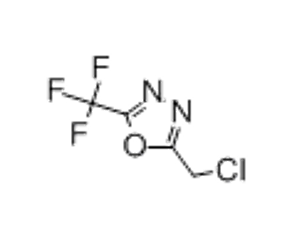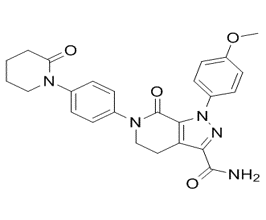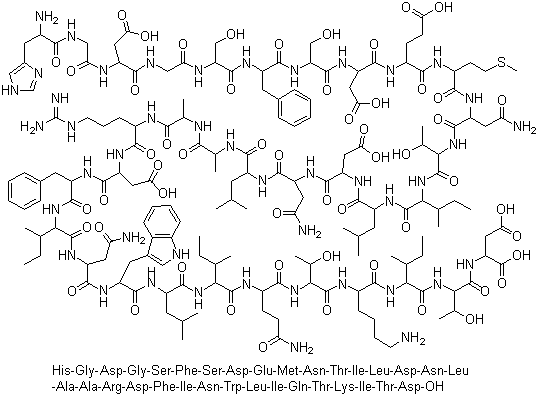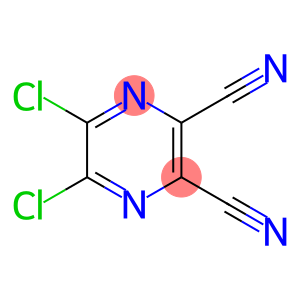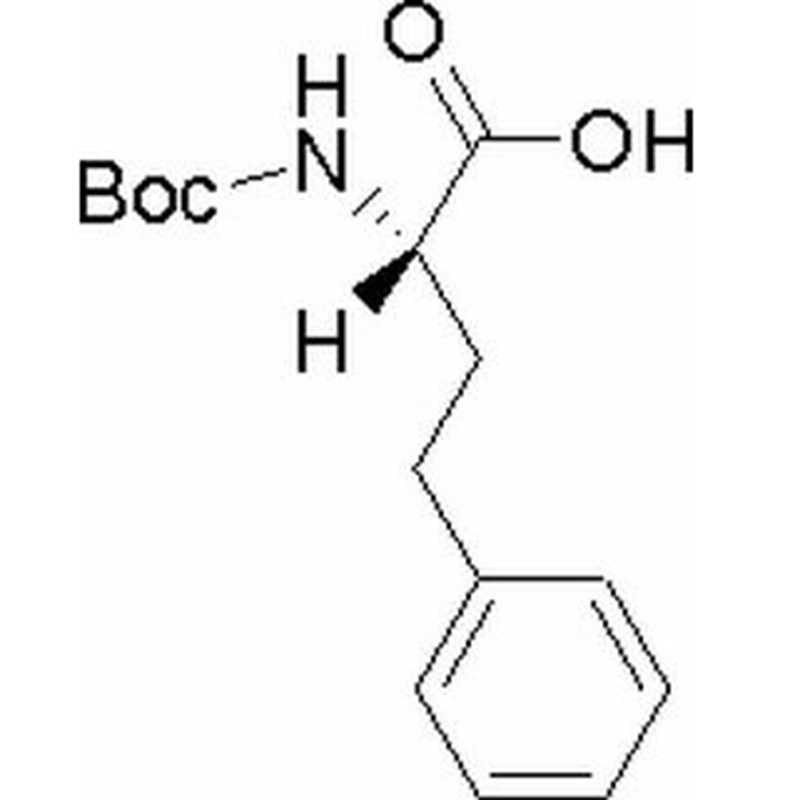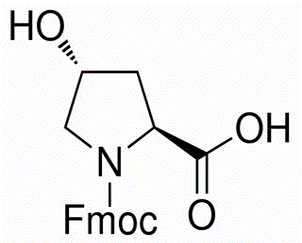2 5-Dimethylphenylhydrazine hydrochloride(CAS# 56737-78-1)
| Hazard Symbols | Xi – Irritant |
| Risk Codes | 36/37/38 – Irritating to eyes, respiratory system and skin. |
| Safety Description | S26 – In case of contact with eyes, rinse immediately with plenty of water and seek medical advice. S36 – Wear suitable protective clothing. |
| UN IDs | 2811 |
| WGK Germany | 3 |
| Hazard Note | Harmful/Irritant |
| Hazard Class | 6.1 |
| Packing Group | III |
Introduction
2,5-Dimethylphenylhydrazine hydrochloride is an organic compound with the chemical formula C8H12N2 · HCl. The following is a description of the properties, uses, preparation and safety information of the compound:
Nature:
1. Appearance: colorless crystalline solid.
2. melting point: about 120-125 ℃.
3. Solubility: Soluble in water, ethanol and some organic solvents.
4. toxicity: the compound is toxic, need to pay attention to safe operation.
Use:
1. 2,5-Dimethylhydrazine hydrochloride is widely used in organic synthesis as an important intermediate.
2. It can be used as a raw material for synthetic dyes, drugs and pesticides.
Preparation Method:
There are many methods for the preparation of 2,5-Dimethylphenylhydrazine hydrochloride. The following is a common synthesis method:
2,5-dimethylphenylhydrazine is reacted with hydrochloric acid to produce the compound. The reaction is usually carried out at room temperature, and the corresponding chemical equation is as follows:
C8H12N2 HCl → C8H12N2·HCl
Safety Information:
1. 2,5-Dimethylphenylhydrazine hydrochloride has certain toxicity, should pay attention to safe operation, avoid inhalation, contact with skin or intake.
2. operation should wear appropriate protective equipment, such as gloves, goggles and protective clothing.
3. When using or handling the compound, it should be done in a well-ventilated area to avoid the accumulation of its vapor in a closed environment.
4. If you come into contact with this compound, immediately rinse the affected area with plenty of water and seek medical attention.
5. The compound should be stored in a closed container, away from heat sources and open flames.



